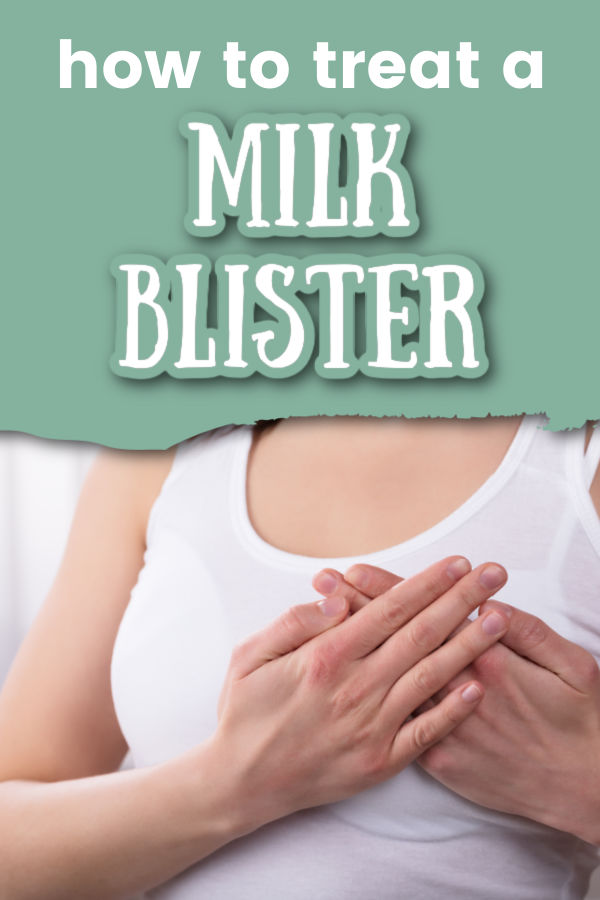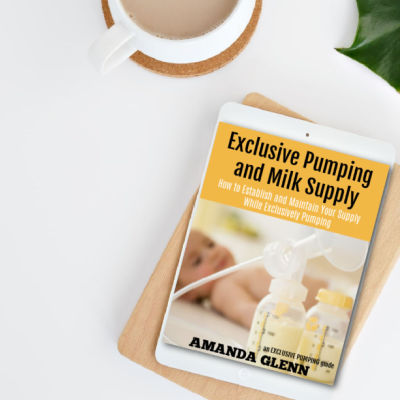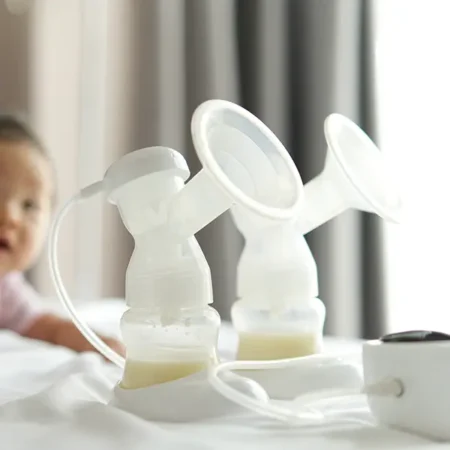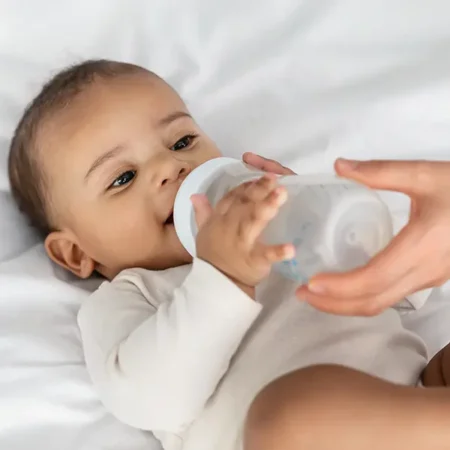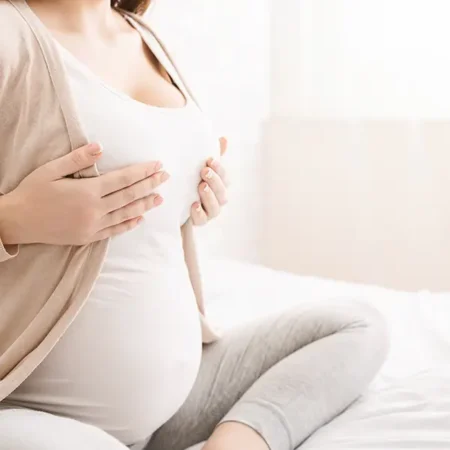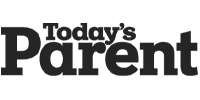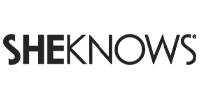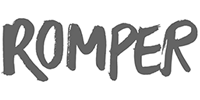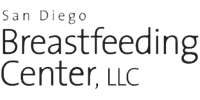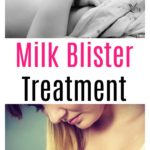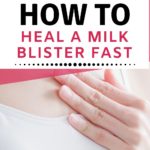Milk blisters (also called blebs or nipple blisters) are sort of like a blocked duct right on the tip of your nipple, and they can be very painful. Here’s everything you need to know about identifying, treating, and preventing milk blisters when you’re exclusively pumping.
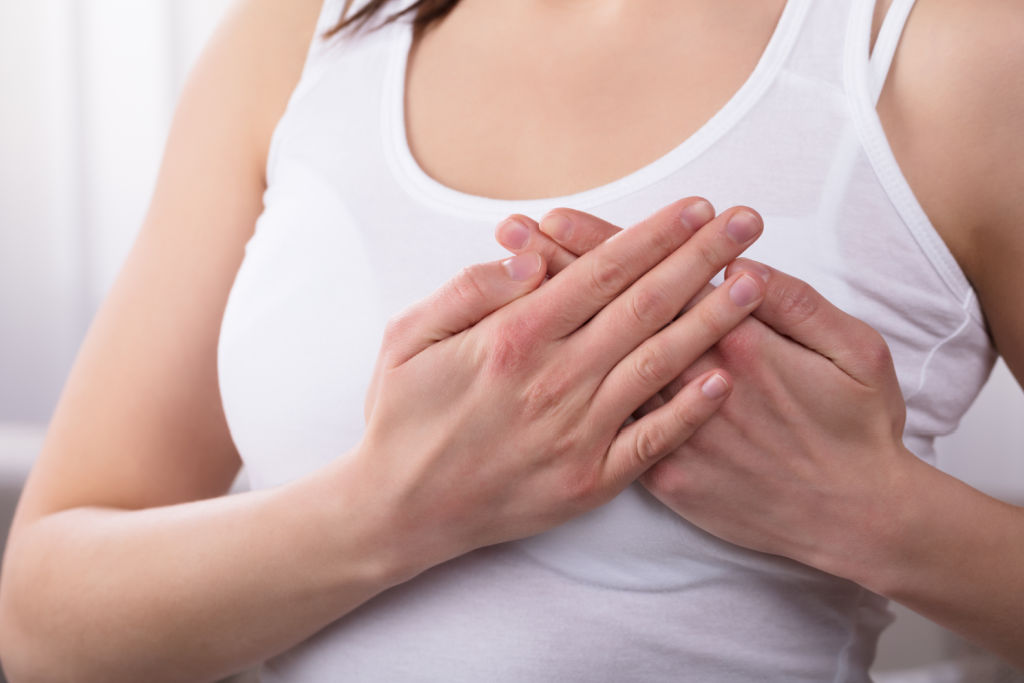
This post may contain affiliate links, which means if you click a link and purchase something, I may make a small commission at no additional cost to you. I only recommend products I love! More information here.
What is a milk blister, and how do I know if I have one?
A milk blister occurs when skin on your nipple closes over a milk duct opening, becomes inflamed, and milk fills up in the area behind it.
Some characteristics of milk blisters include:
- Looks like a small raised bump on your nipple
- Are usually white or yellow
- Can look like a pimple or a blister with milk stuck inside of it
- May feel hard, and the area around it may be swollen
- Are painful in the immediate area and right behind it
- A gentle breast compression will normally cause the milk blister to puff out a bit
You can see photos of milk blisters below:
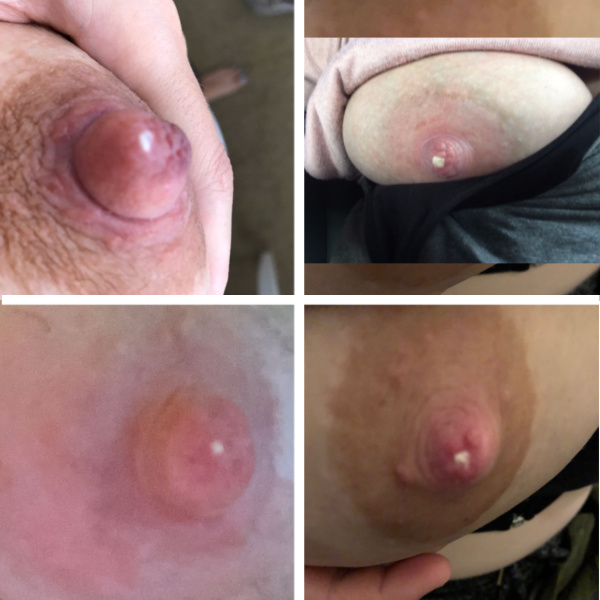
What causes milk blisters?
Many different things can cause blebs, including thrush, oversupply, pressure on the breast (possibly from sleeping on your stomach or from an underwire bra), and engorgement.
If you are nursing at all, friction on the tip of the nipple due to issues with latch can also be a contributing factor.
Thrush is the most likely cause if you have more than one milk blister at once. In this situation, it’s a good idea to see a doctor to evaluate the possibility of thrush and treat it if necessary.
How should I treat a milk blister while exclusively pumping?
Here is what the experts recommend when treating a nipple blister.
1. Consider lecithin
The Academy of Breastfeeding Medicine states that oral lecithin may “reduce inflammation and emulsify milk.” The dose they recommend is 5-10g of soy or sunflower lecithin daily.
2. Apply topical steroid cream
Another suggestion from the Academy of Breastfeeding Medicine is to apply a steroid cream on the nipple. They recommend a “moderate potency steroid cream such a 0.1% triamcinolone.”
This cream can be wiped off prior to pumping or nursing; it’s safe for breastfeeding.
3. Consider ibuprofen
Ibuprofen may help reduce inflammation as well as treat the pain associated with the milk blister.
It is also safe for breastfeeding.
Other options
The new Mastitis protocol from the Academy of Breastfeeding Medicine (ABM) referenced above changed a great deal in the “official” advice on managing blebs. They now explicitly recommend not trying to work the blebs out and just treating the inflammation.
You may hear the following suggested as ways to get rid of a milk blister. The ABM states that their protocol is a guideline, not an exclusive course of treatment, so if the above options do not work for you, you could consider the below. Be careful to avoid further inflaming the nipple blister.
- Apply olive oil to a cotton ball and put it in your bra on top of the nipple blister. This may help soften the skin on your nipple around the bleb.
- Some people try putting some 1-2 tablespoons of epsom salts into a Haakaa pump. Put the epsom salt into the pump, and fill it about halfway will warm to hot water. Suction it on for 5-10 minutes, making sure that your nipple is submerged.
- If none of this works, see a health care provider.
If the milk blister is cleared
If your milk blister clears, you still may experience some pain from the exposed nipple pore, so again, consider pain medication if necessary.
From Breastfeeding USA:
I remember lying in bed with an open nipple pore (after I had wiped away a bleb) trying to sleep and feeling excruciating pain. I remember being confused by that because I had expected the pain to go away once the bleb had been removed. A lactation consultant told me the pain was nerves responding to air entering the nipple pore.
Also, when the bleb is opened, the milk that comes out may be an odd consistency – like toothpaste, or sometimes stringy.
Need help with exclusive pumping? Use EPUMP30 for 30% off
How can I prevent milk blisters?
Depending on what is causing your blebs, here are some suggestions for preventing them in the future.
1. See a physician if you suspect you may have thrush
If you think you may have thrush, see a physician for a diagnosis and to get medication to treat it.
Thrush is painful enough on its own; you don’t need the additional pain from recurrent nipple blisters.
2. Check for possible breast irritants
Make sure that your bras are comfortable, fit well, and wires are not an issue.
Consider whether anything else (sleep position, a backpack strap, etc.) may putting pressure on your breast(s) that could be causing inflammation, and make any necessary changes.
3. Consider lecithin
Lecithin is recommended not only for treating milk blisters, but for preventing them.
You can use the same dosage as recommended above, 5g per day.
(Legendairy Milk reached out and gave me a discount code for their sunflower lecithin. Take 15% off with the code 15EPUMP!)
Have you dealt with a milk blister? Tell us your experience and how you resolved it in the comments!
References
- Bonyata, Kelly, IBCLC. “How do you treat a milk blister?” https://kellymom.com/bf/concerns/mother/nipplebleb/
- Fenton, Rachel. “Blebs: Teeny Tiny Meanies.” https://breastfeedingusa.org/content/article/blebs-teeny-tiny-meanies
- Katrina B. Mitchell, Helen M. Johnson, Juan Miguel Rodríguez, Anne Eglash, Charlotte Scherzinger, Kyle Widmer, Pamela Berens, Brooke Miller, and the Academy of Breastfeeding Medicine.Academy of Breastfeeding Medicine Clinical Protocol #36: The Mastitis Spectrum, Revised 2022.Breastfeeding Medicine.May 2022.360-376. http://doi.org/10.1089/bfm.2022.29207.kbm
- Newman, Jack, MD. “Bleb protocol.” https://www.breastfeedinginc.ca/blocked-ducts-mastitis
